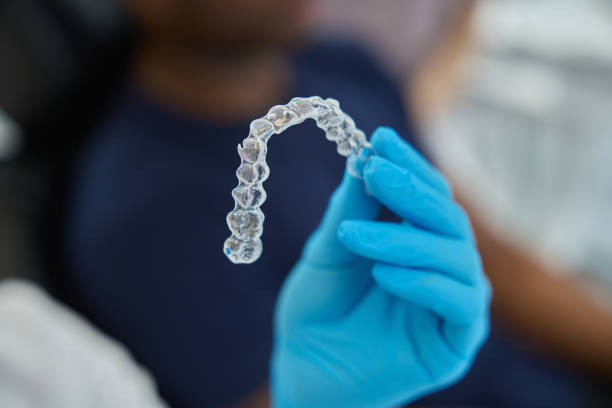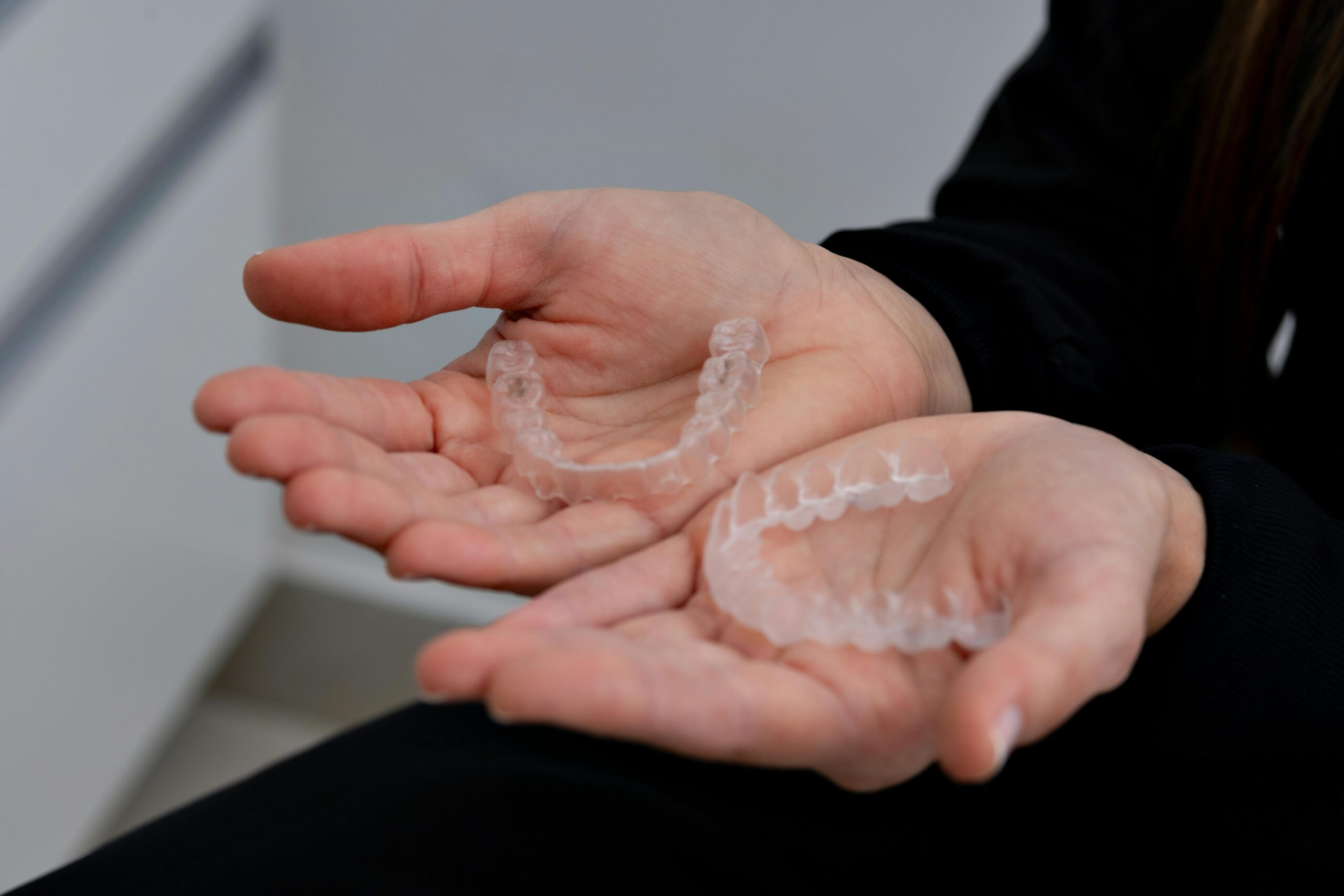Clear Teeth Aligners Clear teeth aligners have become a popular alternative to traditional braces, with the leading brand Invisalign standing out in …
Dental bone grafting
Dental implants have transformed restorative dentistry, offering a durable, natural-looking solution for missing teeth. However, in some instances, patients may lack sufficient bone density or volume in their jawbone to accommodate implant placement successfully. Dental bone grafting rebuilds and augments the jawbone, creating a solid foundation that supports successful implant integration.

What is dental bone grafting?
Bone grafting for dental implants is a surgical procedure that involves transplanting bone material into the jawbone to rebuild or augment the area where an implant will be placed. This process encourages new bone growth, which ultimately fuses with the graft material, providing a sturdy base for the implant.
How does dental bone grafting work?
The need for bone grafting can arise due to various reasons that compromise the integrity and density of the jawbone. One of the most common scenarios is tooth loss, where the absence of a tooth root can lead to gradual bone resorption or deterioration over time. This phenomenon, known as resorption, occurs because the jawbone is no longer stimulated by the natural forces exerted by the tooth during chewing and biting, leading to a loss of bone density and volume. Additionally, gum disease can cause significant bone loss around the teeth if left untreated. Severe gum infections can destroy the supporting bone structures, making it challenging to place dental implants without additional bone augmentation.
Time between the bone graft and dental implant?
The time between the bone grafting procedure and the placement of dental implants can vary depending on several factors, such as the type of graft material used, the extent of the bone augmentation required, and the individual’s healing rate. Generally, the healing process for bone grafts can take anywhere from 4 to 6 months. During this time, the graft material undergoes osseointegration, fusing with the existing bone and forming a solid foundation.
Implant placement is typically scheduled once the bone graft has adequately healed and integrated. It is assessed through clinical examination and imaging techniques like X-rays or CT scans. This ensures the implant has a stable base and reduces the risk of complications or implant failure.
Dental bone graft healing stages
The healing process after a bone grafting procedure for dental implants involves several stages:
Initial clot formation: A blood clot forms at the grafting site immediately after the surgery, which initiates the healing process.
Inflammation stage: During the first few days, the body’s inflammatory response starts, bringing in cells and proteins to protect against infection and initiate healing.
Revascularisation: New blood vessels form within the graft material, providing oxygen and nutrients for bone growth.
Cellular recruitment and proliferation: Specialised cells, including stem cells, migrate to the graft site, forming new bone tissue.
Bone formation (Ossification): Over several weeks and months, the graft material gradually integrates with the existing bone through osseointegration. New bone cells continuously replace the graft material, resulting in a solid, living bone structure.
Bone remodelling: The final stage involves continuously remodelling and strengthening the newly formed bone, ensuring it can withstand the forces exerted during chewing and biting.
It is essential to follow your oral surgeon’s instructions for proper care and maintenance throughout the healing process, including dietary adjustments, oral hygiene practices, and any prescribed medications or supplements.
Bone grafting for dental implants is essential for a strong foundation for successful implant placement and long-term stability. By augmenting or rebuilding the jawbone, bone grafting ensures that dental implants have adequate support and anchorage, providing a functional and aesthetic solution for missing teeth. While the healing process may take several months, the investment in bone grafting is well worth the wait. It paves the way for a permanent, natural-looking smile and improved oral health. With proper planning, surgical expertise, and patient compliance, bone grafting can significantly increase the chances of successful dental implant treatment.
How can we help?
At the Harley Street Implant Centre, we take pride in our exceptional expertise in dental implant treatments. Our specialist dentist, Dr Anthony James, is a highly experienced implantologist who has successfully placed over 4,000 implants with an impressive 99.7% success rate. Schedule an appointment today to determine the best action for your specific needs.
What is Composite Bonding? A comprehensive guide for patients Composite bonding has become a very popular cosmetic treatment, particularly for those seeking …
Add Your Heading Text Here Invisalign Tips and Tricks Invisalign is a modern alternative to the traditional braces. It is what it …
Invisalign vs Braces In the realm of orthodontics and dentistry, a common dilemma for patients is choosing between Invisalign vs braces. Both …



